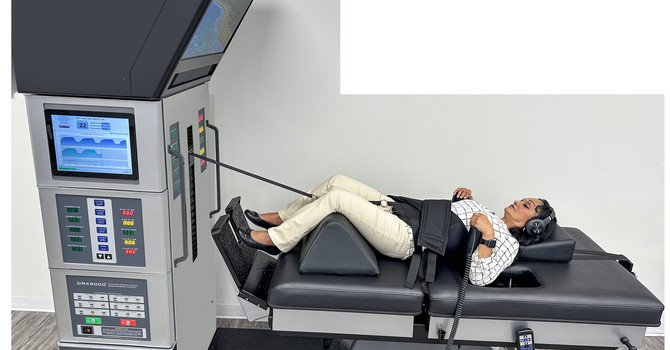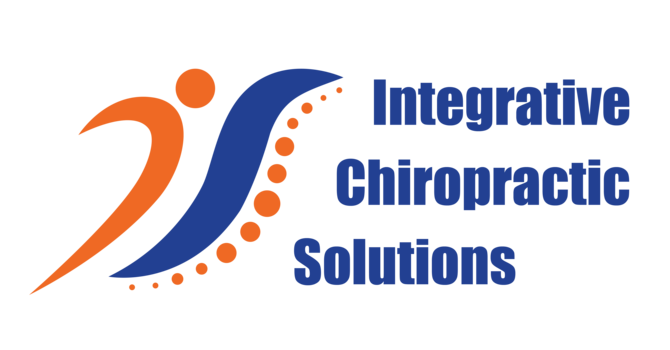Blog
Understanding Back Pain
Anatomy Of The Lower Back
Five bones stacked on top of each other with a shock-absorbing disk between each stage make up your "lumbar spine" or low back. For protection, your lower back depends on muscles and ligaments. The effect of these tissues being stretched too hard or too far is "Sprains" and "strains" much like a rope that frays when it is stretched beyond its normal capacity. The word "sprain" means that it has weakened the tough, strong ligaments that keep your bones together, while "strain" means that the muscles or tendons that drive your trunk have been partially broken apart.
Symptoms Of Back Pain
At some point in their lifetime, most people experience low back pain, and 70% of those patients may attribute their symptoms to sprain/strain injuries. Lumbar sprains and strains may result from abrupt or forceful movements such as a fall, twist, raise, push, pull, direct blow, or from a sitting, crouched, or bent position, straightening up quickly. Sprains and strains are most often not the result of any single incident, but rather from repetitive overloading.
In general, the spine can withstand small isolated stressors very well, but repeated problems lead to damage in much the same way as it can cause breakage by continuously twisting a piece of copper wire. Bad postures, sedentary lifestyles, poor-fitting workstations, repeated movements, improper lifting, or becoming overweight are examples of these stressors.
Symptoms Of Strains & Sprains
Symptoms of a sprain/strain can start suddenly but eventually grow more commonly. Symptoms can range from dull discomfort to surprisingly crippling pain that, as you move it can become progressively sharper. Sleep and rest may alleviate the symptoms but also contributes to stiffness. Generally, the pain centers on your lower back, but it can extend to your hips or thighs. If the discomfort stretches past your knee, or if you have weakness in your lower extremities or fever, be sure to tell your doctor.
Sprain/strain injuries require less elastic "scar tissue." to be substituted for the normal healthy elastic tissue. This process can lead to chronic discomfort and even arthritis. More than 60% of the time, patients who chose to forgo care and "just deal with it" experience chronic low-back pain. It is important to obtain early and sufficient care like the kind given in our office.
Treating Back Pain
You may need to restrict your activity for a while, depending on the seriousness of your injury, especially bending, twisting, and lifting, or movements that cause pain. It is not in your best interest to rest in bed. You should stay active and, as your symptoms allow, return to daily activities. It could be beneficial to allow short-term use of a lumbar support belt.
Sitting makes the back temporarily more vulnerable to sudden or unexpected movements from sprains and strains. Every 20 minutes, make sure to take "micro-breaks" from the workstations for 10 seconds. You should apply ice for 15-20 minutes per hour following acute injuries. After many days or for more chronic causes of pain, heat can be useful. Ask for detailed advice for ice/heat from your doctor. There are several patients who experience partial sports cream relief.



